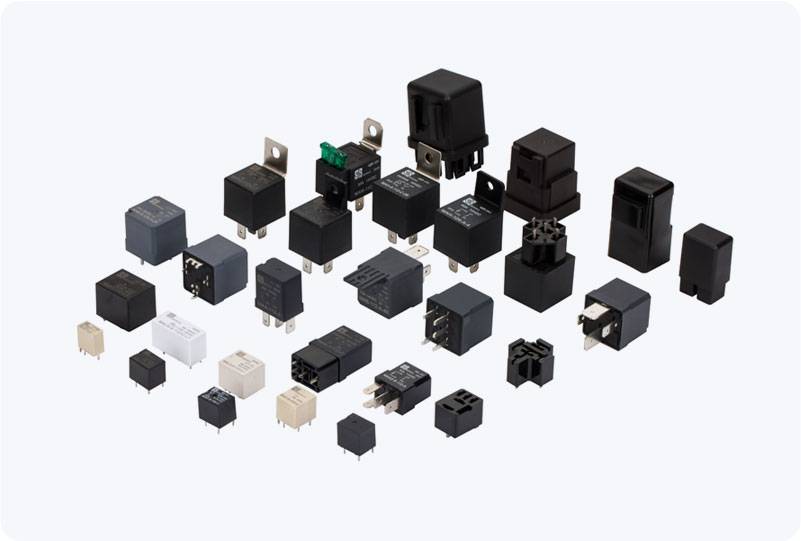The IEC 61811 standard for power relays provides essential guidelines and specifications for the performance, safety, and reliability of relay devices used in power control systems. These relays are pivotal in industrial, commercial, and residential electrical systems, serving as switches that control the flow of electrical current in various applications. By ensuring safe, efficient, and long-lasting performance, IEC 61811 has become the cornerstone for designing and utilizing power relays in a wide range of environments.

What is a Power Relay? A power relay is an electrically operated switch that controls the flow of current in a circuit. It consists of a coil, contacts, and a mechanism that opens or closes these contacts in response to the current passing through the coil. Power relays are used to control high-voltage or high-current electrical systems, and they are integral to applications such as motor control, automation systems, and protection devices in electrical grids. Key Features of IEC 61811 Power Relays IEC 61811 outlines the key characteristics and standards that power relays must meet to ensure they function reliably and safely in various operational conditions. Some of the most important features include:
Leave a Reply
You must be logged in to post a comment.